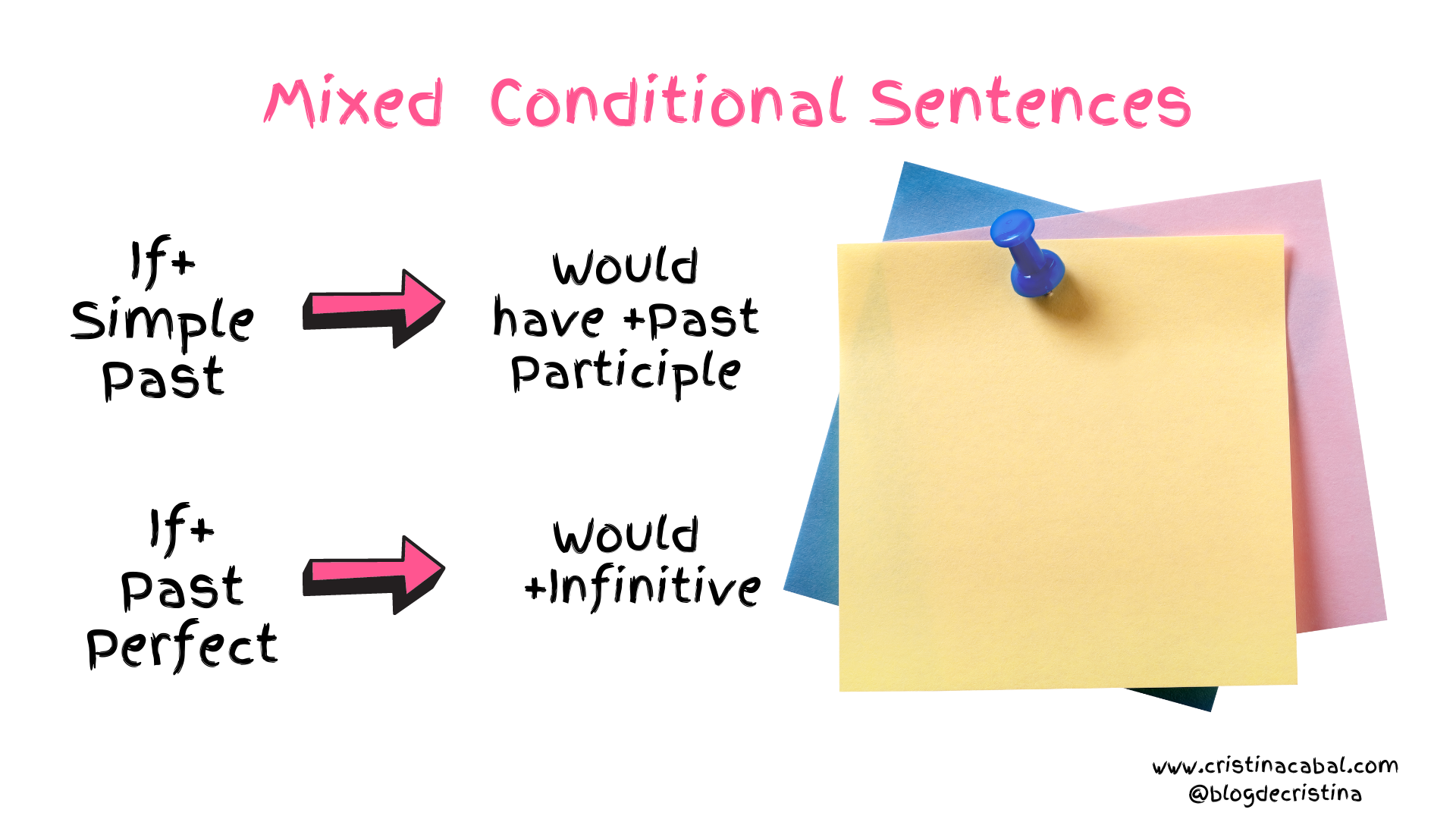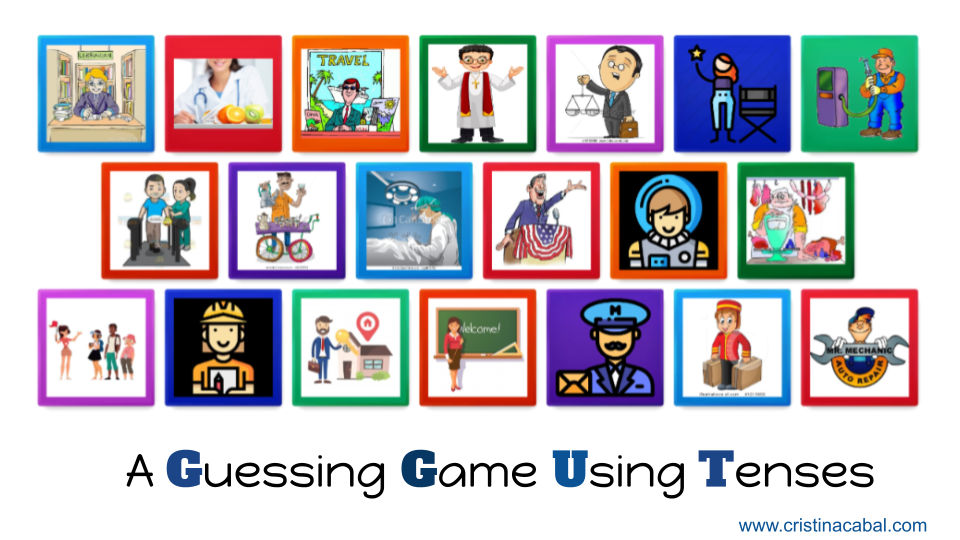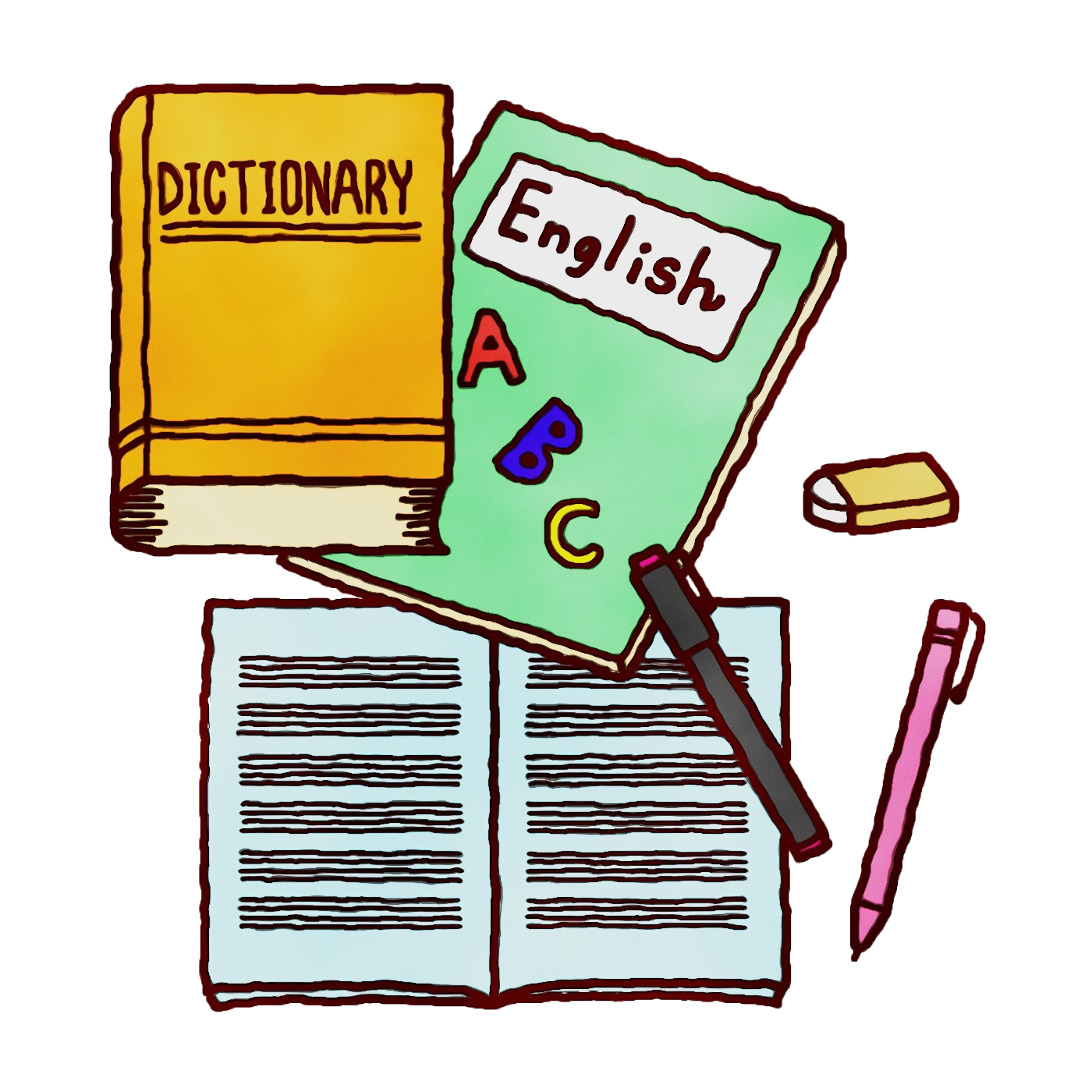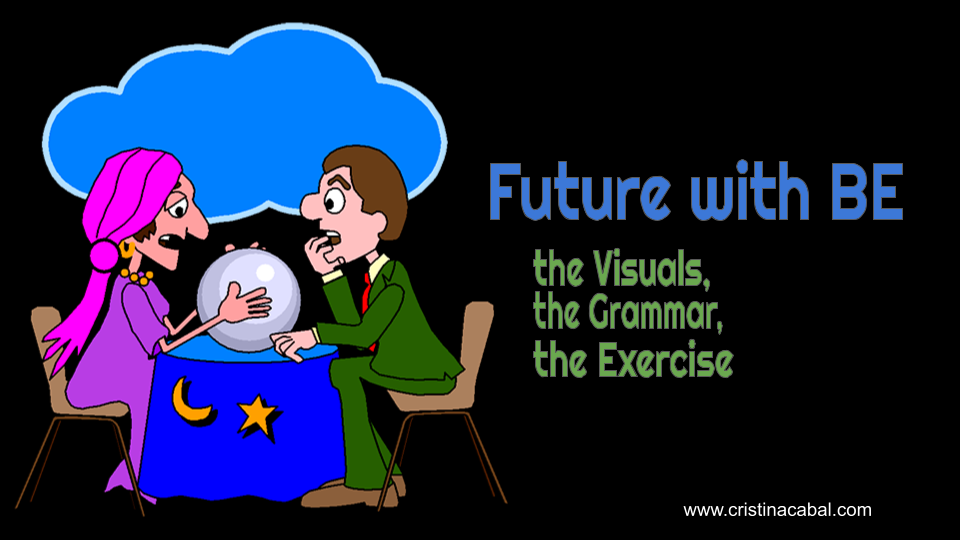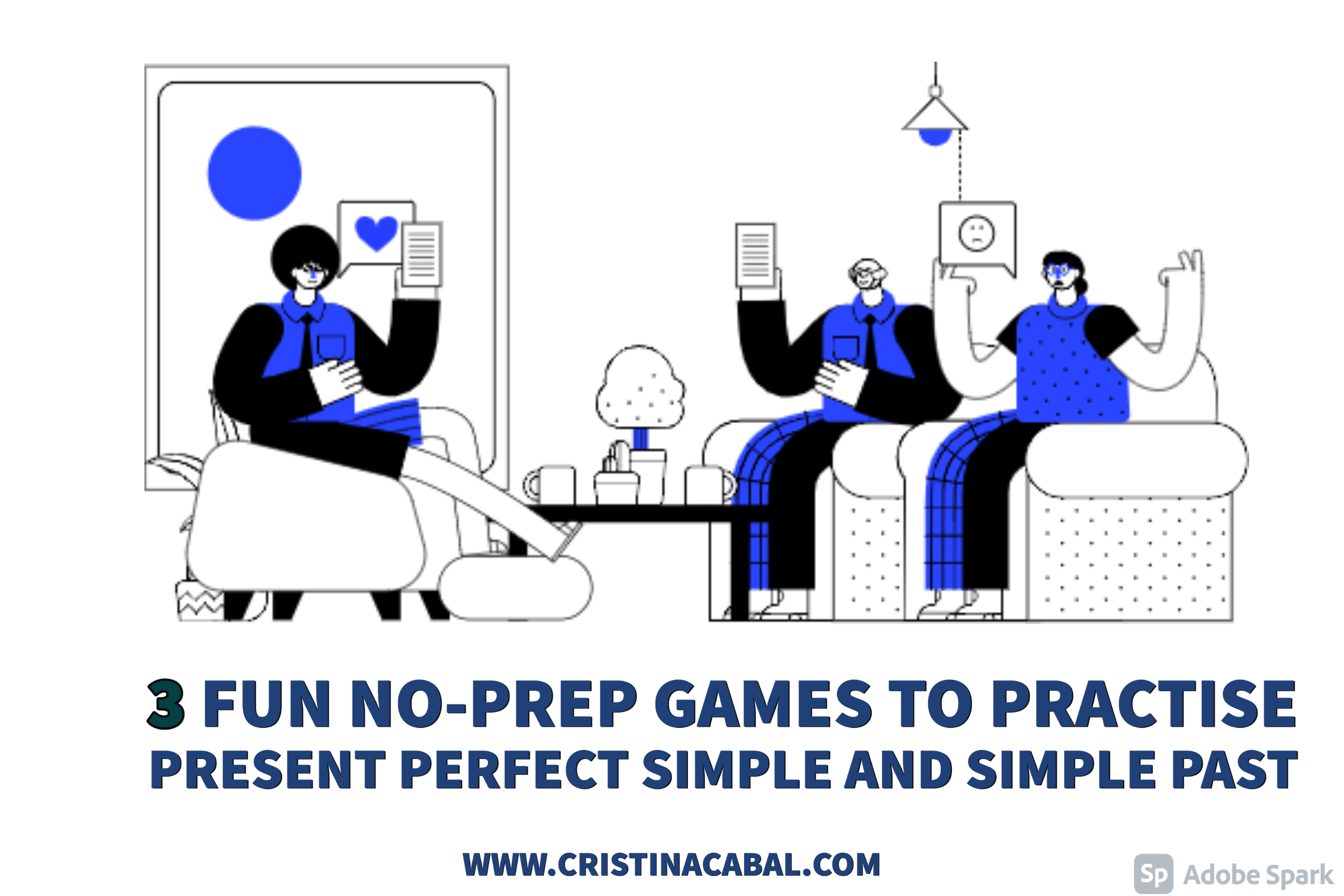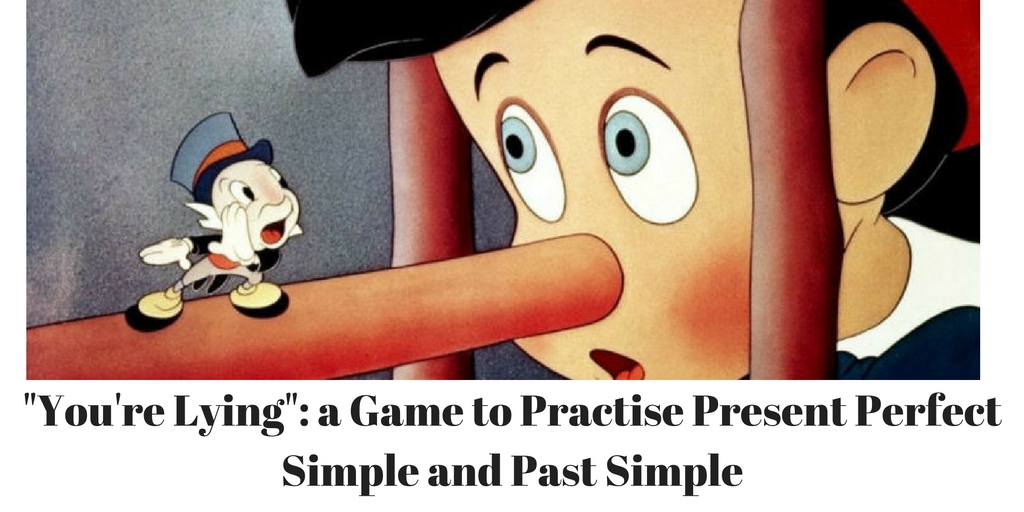Fun, interactive and engaging! More?
- It deals with grammar: the future tense for predictions
- Students practise asking questions
- It requires little preparation

Context:
Tell the students you’re a gipsy and that you have the ability to tell their future. Tell the students they can only ask you one question, so they have to choose carefully what to ask you. (If students are not very confident, ask them to write their questions. On second thoughts, ask them anyway even if they are confident).
The Activity
Now, ask students one by one to ask you their questions. Ask the student posing the question to choose a number, any number up to the number of cards you have created. Then, shuffle the cards and lay them face down on the table. If they have chosen number 4, place three cards face down on the table and, with a lot of drama, the card which comes fourth face up on the table. This is the answer to their question.
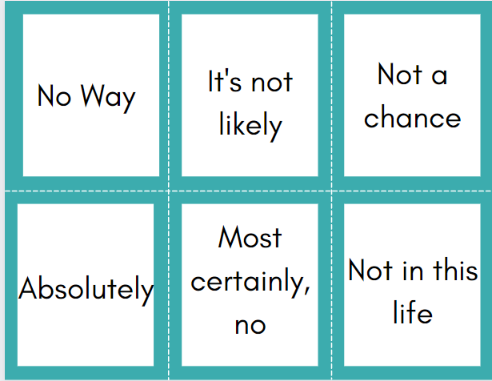
Possible words on the cards? Yes, it is in the cards/No way/ It’s not likely/ Not a chance/ Absolutely/ Most certainly, no!/Not in this life!/ Most decidedly so!/If you play your cards right/Not in the immediate future/My crystal ball is cloudy, ask again!
- Laura: Will I be rich?
- Fortune Teller: No way!
- David: Will I pass all my final exams?
- Fortune Teller: Yes, it is in the cards
CARDS : template,PDF
Note: I have been playing this game for a long, long time and I can’t honestly remember if I invented it or someone else did and was passed on to me.
